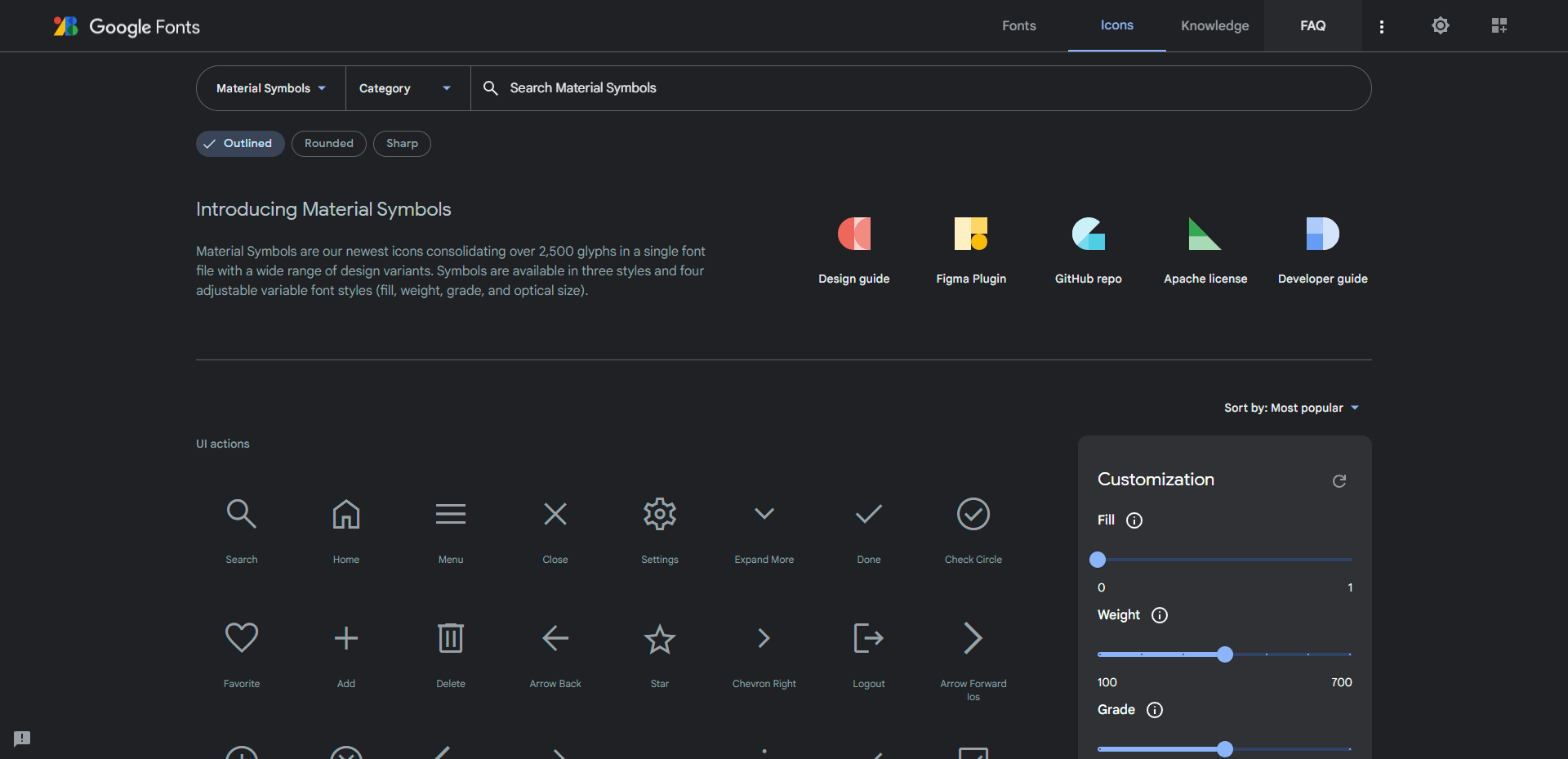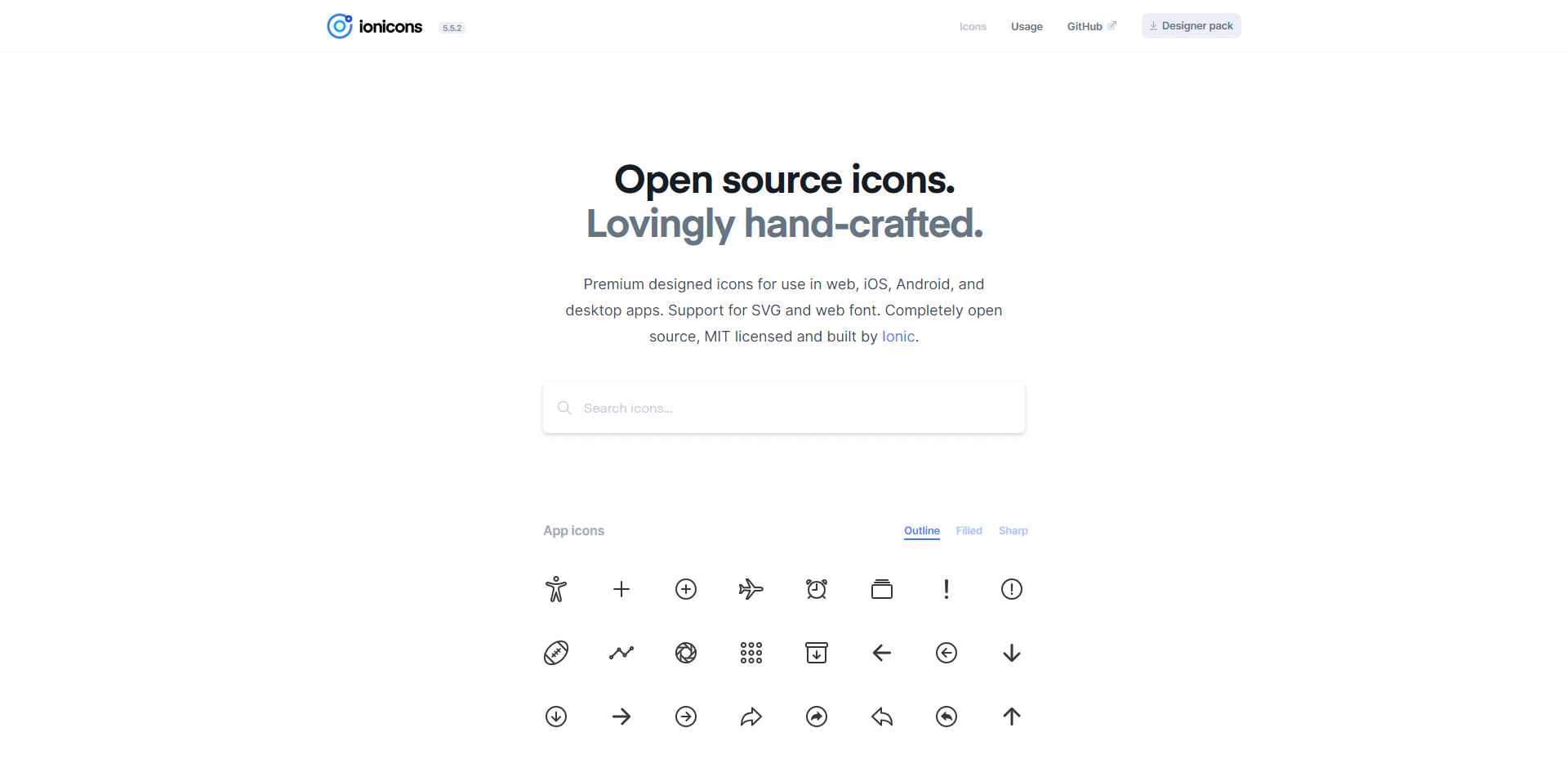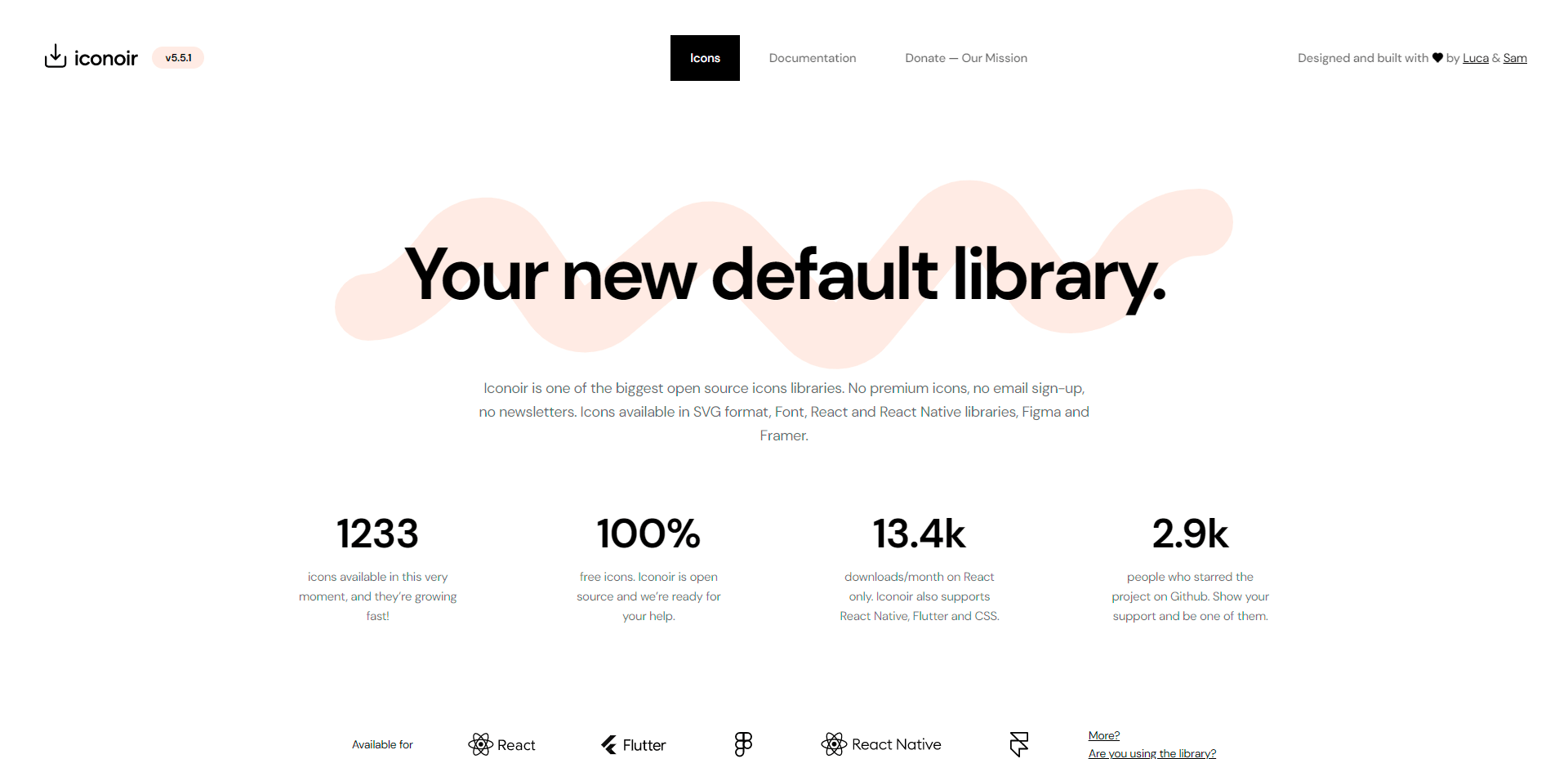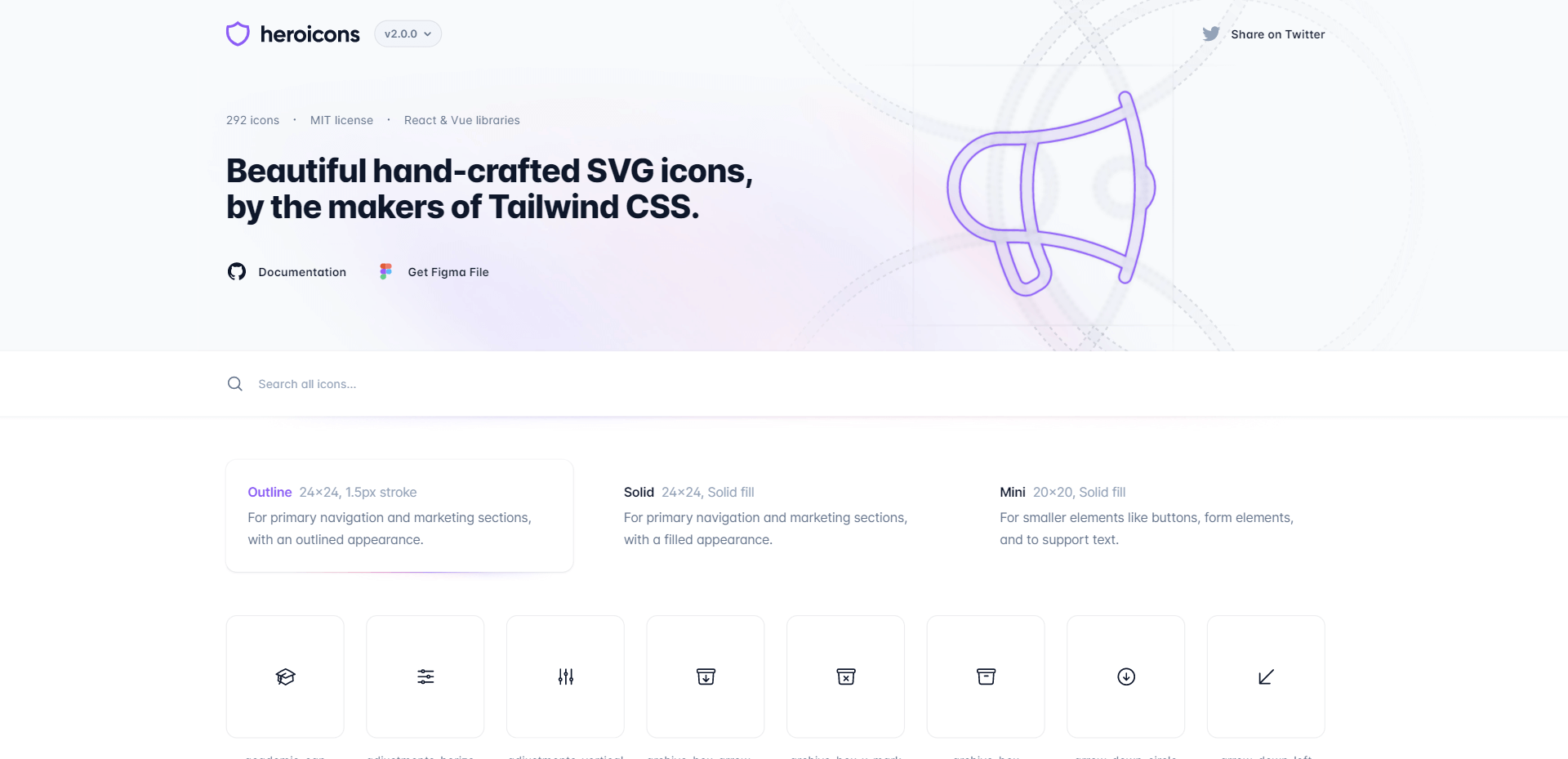Our best sites to download free fonts for PowerPoint
Our resources tips for choosing the perfect font
Our favorites to find icons for ppt


Pictograms or icons are small visual elements that can be used to illustrate and enhance PowerPoint presentations. They can help explain concepts visually, draw attention to important points, and make presentations more engaging and easier to understand.
Pictograms can also help you create interfaces or navigations for your interactive presentations or business presentations. They are also useful to freeze elements in the slide mask or to create original layouts. Pictograms are also used to embellish text boxes that can quickly float within a slide.
If you are looking for royalty-free pictograms to embellish your slides, here are our top 5 sites where you can find them.
Google Fonts Icons is an online database of pictograms that offers more than 1000 royalty-free visual elements. The pictograms in Google Fonts Icons are available as SVG files and can be easily integrated into PowerPoint. The advantage of this database is that it is easily accessible and the pictograms are optimized for use with Google Fonts.

Ionicons is an online site that offers a collection of over 1000 royalty-free pictograms. These pictograms are designed to be used in mobile applications and websites, but they can also be used in PowerPoint presentations and other design applications.

Iconsax is an online site that offers a collection of over 100,000 royalty-free pictograms. These pictograms are designed to be used in mobile applications, websites and PowerPoint presentations, as well as other design projects.

Iconoir is an online site that offers a collection of over 100,000 royalty-free pictograms. These pictograms are designed to be used in mobile applications, websites and PowerPoint presentations, as well as other design projects.

Heroicons includes 3 pictogram styles and 292 icons carefully created by the creators of the famous Tailwind CSS framework.

A successful fork of the famous Feathericons icons. Minimalist and interface oriented pictograms.

These sites often offer licenses to use the pictograms subject to attribution, which can quickly become restrictive for a PowerPoint presentation. Otherwise, these solutions offer paying subscriptions. We advise you to go to royalty-free banks which often offer very nice results.
They are commonly used in graphic design to communicate effectively and to make information easier to understand and remember. Here are some reasons why pictograms are particularly useful in presentations and graphic design:
In summary, pictograms are a useful tool for graphic design because they are effective in communicating, universal, versatile, visually appealing and easy to remember. They can be used in many different situations and are an effective way to convey information clearly and concisely.
There are many ways to use pictograms in a PowerPoint presentation. Here are some examples:
It is important to choose pictograms that are relevant to your topic and aesthetically pleasing. You should also make sure to use pictograms consistently and follow the basic rules of typography and visual composition, but also choose pictograms that come from the same icon bank.
Sites will often offer a PNG or SVG format for downloading pictograms.
Opt for the SVG (vector format) which will allow you to customize your pictogram like a native form on PowerPoint. PNGs are images that manage transparency but cannot be used like SVGs, and are heavier in weight, which is why we do not recommend their use or reserve them for images or photos.
To transform an SVG into an editable element and change its color in a presentation, simply ungroup the element by right-clicking -> ungroup on your pictogram. Click on "ok" after the warning window opens. Your element becomes editable in the presentation and will behave like a PowerPoint shape on a slide.


























